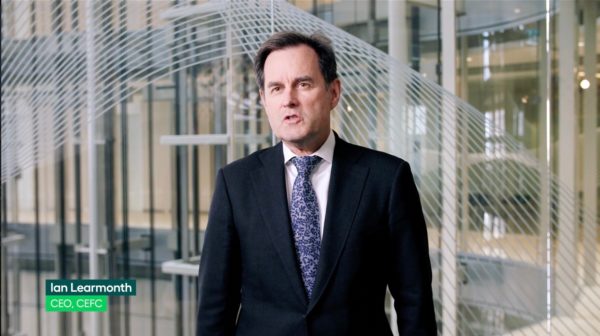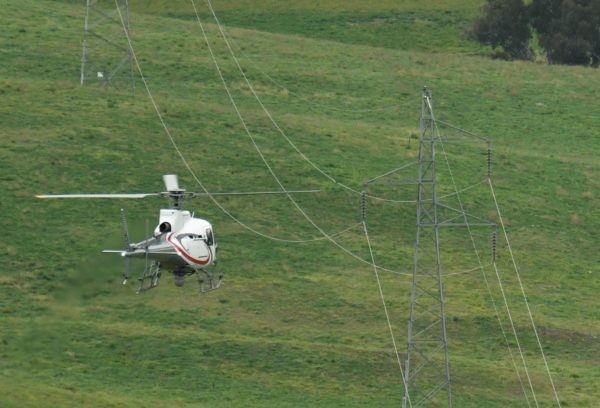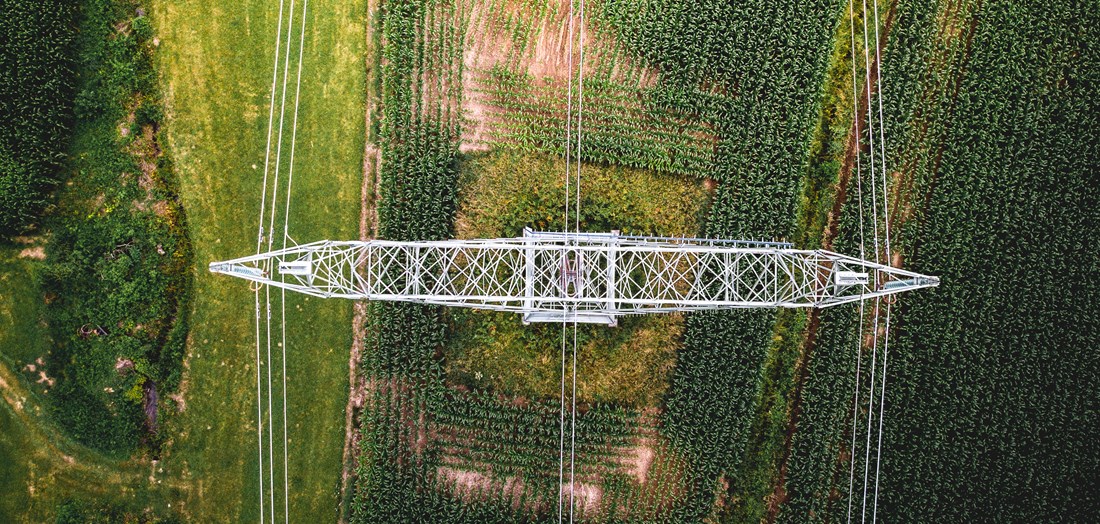After a year of landmark investments that saw its focus move beyond wind and solar projects, the Clean Energy Finance Corporation (CEFC) has revealed it is pursuing a strong pipeline of potential investments in what it dubbed “priority areas”, including clean hydrogen, energy storage and grid projects.
The CEFC released its latest Investment Report on Wednesday, revealing in the 12 months to June 30, 2021 it had made investment commitments totalling $1.37 billion across 22 clean energy projects with a combined value of $5 billion.
Total commitments reached $9.54 billion, with $7.4 billion deployed, with the CEFC saying it had spurred almost $33 billion in investment commitments to clean energy initiatives across the economy.
Since its inception, the bulk of CEFC funding has gone to large-scale wind and solar projects but chief executive Ian Learmonth said investments into new areas accounted for about a third of new commitments in the past year.
“The commitments of the 2020-21 year reflect the importance of our purpose, in leading investment to accelerate Australia’s transition to a low-emissions economy,” he said.
“We are increasingly using our capital to drive investment in hard-to-abate activities.
“We’re excited to be backing the evolution of clean hydrogen as a low-emissions energy source for transport, manufacturing and industry.
“We’re also pleased to be investing in complex large-scale transmission infrastructure, which is so essential for Australia to leverage our natural advantage as a renewable energy powerhouse.”

Image: Clean Energy Finance Corporation
Learmonth said the CEFC investment commitments are assisting with the delivery of low-emissions priorities outlined in the Australian Government Technology Investment Roadmap, including investing in technologies such energy storage and large-scale transmission infrastructure.
The $10 billion CEFC also confirmed it has a strong focus on hydrogen-related investments and is actively pursuing large-scale investment opportunities through its recently unveiled $300 million Advancing Hydrogen Fund.
“These large-scale investments can take time to develop, (but) we are looking forward to reaching financial close on our first large-scale transaction,” Learmonth said.
The CEFC has already finalised its first green hydrogen-related investment with $750,000 provided to Wollongong University start-up Hysata to commercialise electrolyser production technology.
It is one of a string of investment firsts notched by the CEFC in the 12 months to June 30, 2021.
The CEFC also completed in its first major transmission transaction with $125 million allocated to TransGrid to help deliver grid infrastructure critical to the Snowy 2.0 pumped hydro project.
TransGrid will draw on the CEFC finance to design, construct, operate and maintain a new 330 kV switching station and associated transmission lines which will connect Snowy 2.0 to the National Electricity Market (NEM).

Image: Transgrid
In 2020-21, the CEFC also delivered its single largest investment to date, a $295 million subordinated note to help accelerate delivery of Project EnergyConnect, the high-voltage electricity transmission interconnector between South Australia and New South Wales.
The 900-kilometre interconnector, which will include a short spur into northwest Victoria, is forecast to unlock some 1.8 GW of renewable energy generation in its path.
The green energy bank also finalised its largest energy storage investment to date with $160 million committed to build the 300 MW Victorian Big Battery, providing a critical boost to the state’s grid security while supporting more renewable energy.
The year also delivered the CEFC’s first solar PV technology investment with $10 million awarded to Shanghai-based Sunman to develop its lightweight, flexible eArc solar panels.
The panels, made from a lightweight polymer composite material are 70% lighter than traditional glass panels, and the CEFC said they have the “potential to revolutionise Australia’s use of rooftop solar”.
Only two large-scale solar projects attracted CEFC financing in the 12 months to June 30, 2021 with $74.38 million awarded to Canadian Solar to help financing the construction of its 150 MW Suntop and 110 MW Gunnedah solar farms in western New South Wales.
“While the nature of CEFC investments continues to evolve, an enduring characteristic of the CEFC is the commercial rigour of our investment approach,” Learmonth said.
This content is protected by copyright and may not be reused. If you want to cooperate with us and would like to reuse some of our content, please contact: editors@pv-magazine.com.









2 comments
By submitting this form you agree to pv magazine using your data for the purposes of publishing your comment.
Your personal data will only be disclosed or otherwise transmitted to third parties for the purposes of spam filtering or if this is necessary for technical maintenance of the website. Any other transfer to third parties will not take place unless this is justified on the basis of applicable data protection regulations or if pv magazine is legally obliged to do so.
You may revoke this consent at any time with effect for the future, in which case your personal data will be deleted immediately. Otherwise, your data will be deleted if pv magazine has processed your request or the purpose of data storage is fulfilled.
Further information on data privacy can be found in our Data Protection Policy.